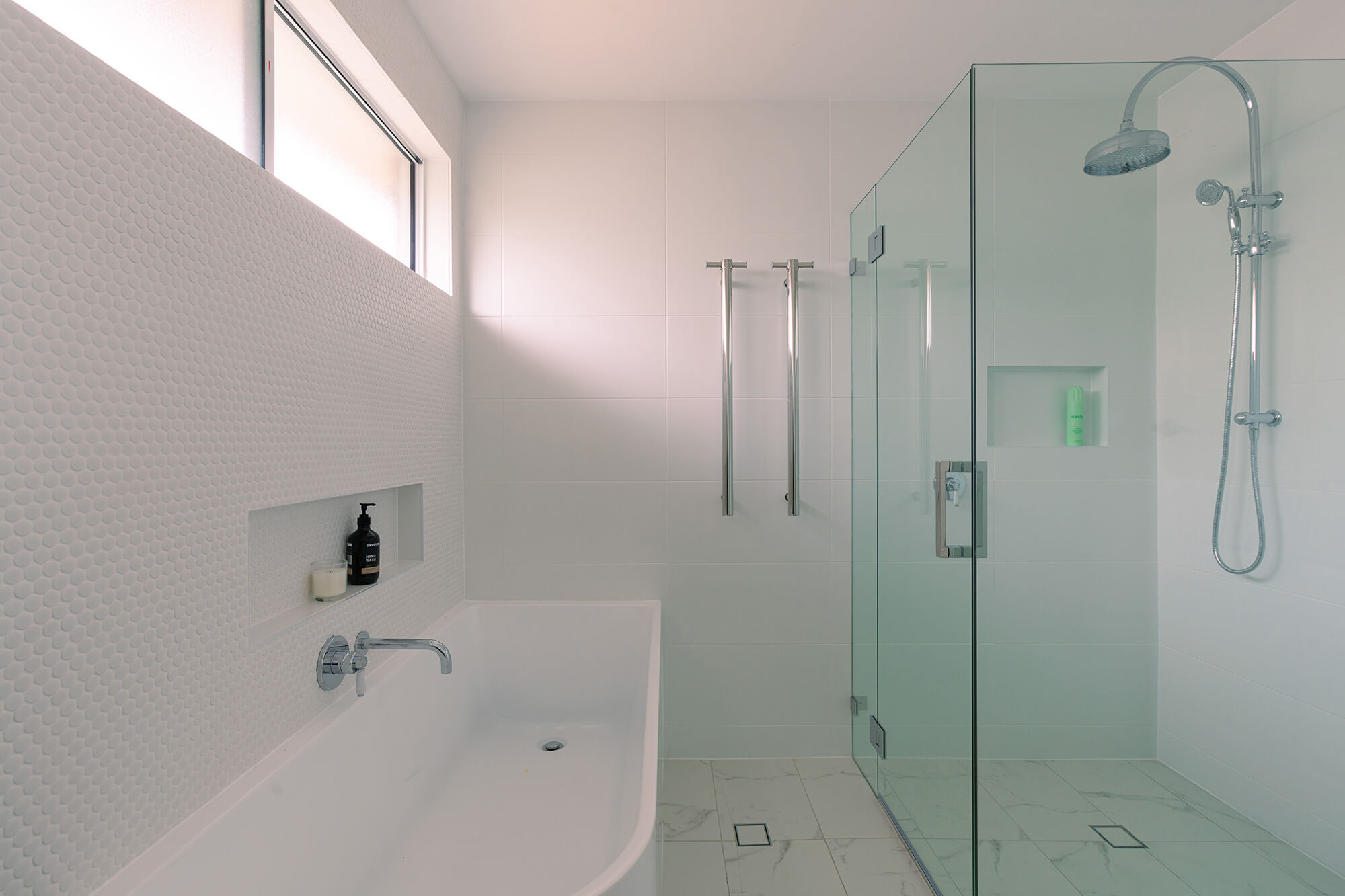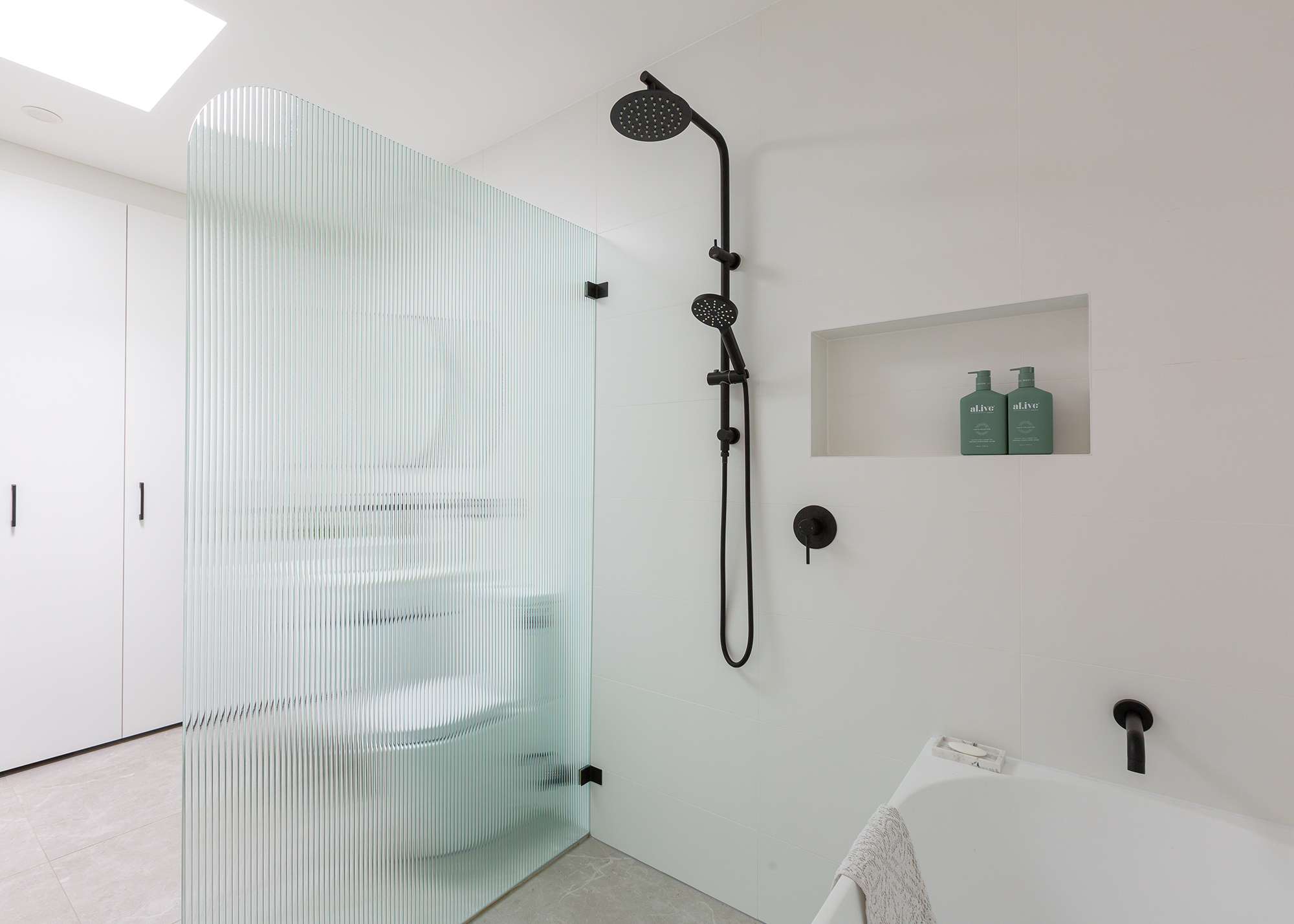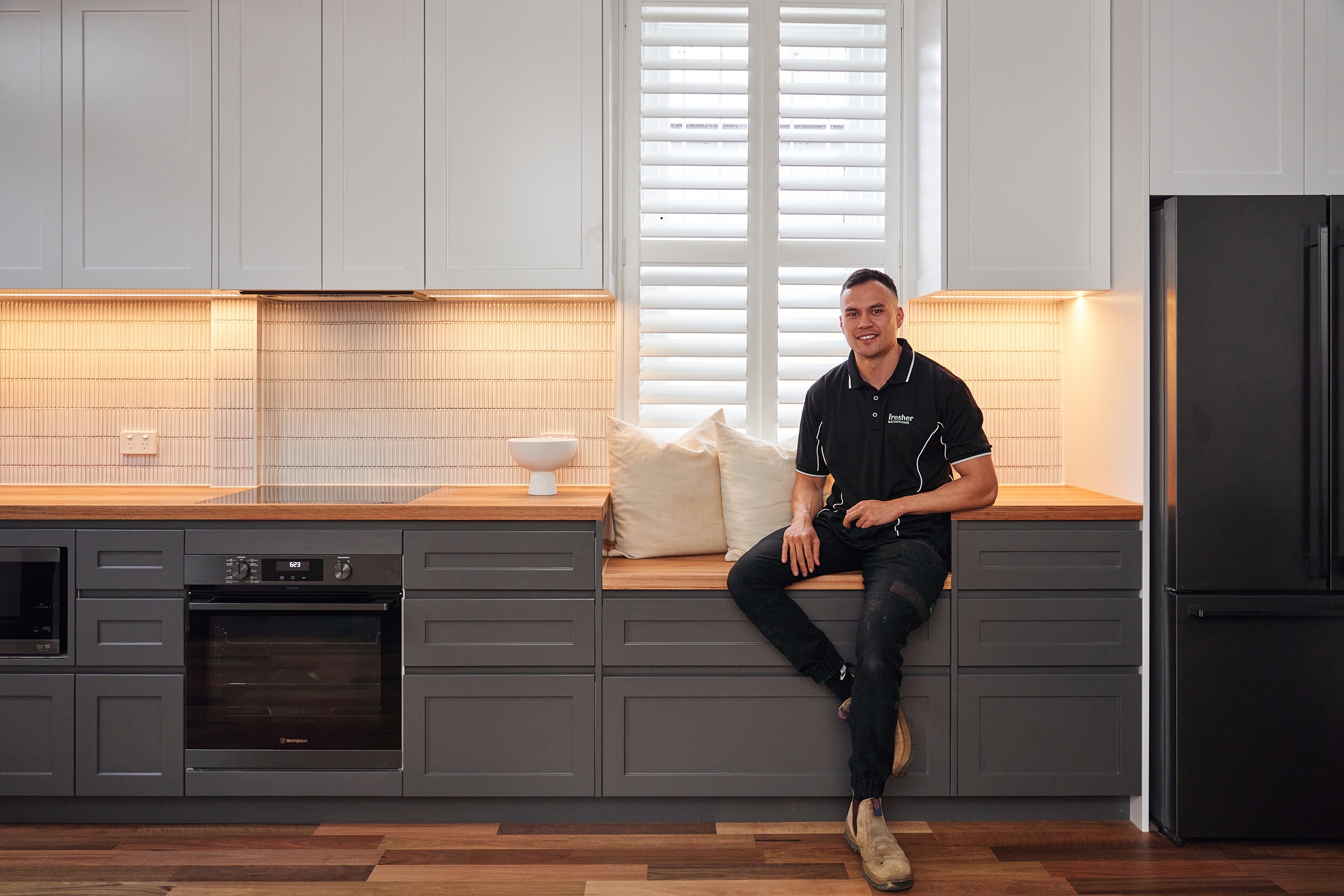Introduction to Modern Bathroom Plumbing
Modern bathroom plumbing encompasses a wide range of technologies and techniques designed to enhance both functionality and aesthetics in one of the most used areas of your home. As homeowners seek comfort, efficiency, and style in their bathroom remodels, understanding the plumbing options available becomes crucial. This section will explore the essential components, modern solutions, and preliminary considerations that shape the foundation of effective bathroom plumbing.
Key Considerations Before Starting Your Remodel
Before embarking on a bathroom remodel, it’s crucial to evaluate several key factors that will influence the scope, budget, and success of your project. Here are the primary considerations every homeowner should address:
- Assessing Existing Plumbing: Start by examining the current state of your plumbing. This assessment will help determine whether a complete overhaul is necessary or if minor updates are sufficient. Look for signs of wear and tear, such as leaks, rust, and outdated fixtures.
- Design and Functionality: Consider how the layout of your bathroom can be optimised to meet your needs. Think about the placement of vanities, toilet, and the shower, and how changes to the plumbing might improve functionality or increase space.
- Regulatory Compliance: Ensure that your planned remodel complies with Australian Building Standards. This includes adhering to water efficiency regulations and installation standards for plumbing fixtures.
- Future Needs: Think long-term about how your bathroom will be used. If ageing in place is a consideration, for instance, incorporating accessibility features into the plumbing design can be beneficial.
Types of Plumbing Systems for Bathrooms
Choosing the right type of plumbing system is essential for ensuring that your bathroom functions effectively while meeting your aesthetic and environmental goals. There are several systems to consider, each with its own benefits and considerations:
Traditional vs. Contemporary Plumbing Systems
Traditional Plumbing Systems are often found in older homes and typically consist of metal pipes such as copper or galvanised steel. These systems are durable and reliable but can be expensive to install and maintain. They may also lack the water efficiency features that modern environmental standards demand.
Contemporary Plumbing Systems, on the other hand, utilise materials like PVC or PEX (cross-linked polyethylene) which are less expensive, easier to install, and more resistant to corrosion than traditional metal piping. These systems often include advanced features such as manifold systems that allow for better water pressure regulation and temperature control across multiple outlets.
- Efficiency and Sustainability: Contemporary systems are designed with water conservation in mind, featuring fixtures and fittings that reduce water usage without sacrificing performance.
- Cost-Effectiveness: Installation and maintenance costs are generally lower with modern systems, making them a popular choice for new constructions and extensive remodels.
Benefits of Eco-Friendly Plumbing Solutions
Adopting eco-friendly plumbing solutions not only contributes to the sustainability of the environment but also offers long-term cost savings for homeowners through reduced water usage and energy costs. Examples include:
- Low-Flow Fixtures: Such as showerheads, tapware, and toilets, designed to use significantly less water than standard models.
- Instantaneous Hot Water Heaters: These provide hot water on demand without the need for a storage tank, reducing energy consumption and offering continuous hot water supply.
- Rainwater Tanks: These systems recycle water from showers, sinks, and washing machines, using it for toilet flushing and garden watering, thus reducing the overall water consumption.
Incorporating these technologies into your bathroom not only aids in conserving valuable resources but also aligns your home with modern standards of environmental responsibility.
Selecting Materials and Fixtures

When remodelling your bathroom, the selection of materials and fixtures plays a pivotal role not only in the aesthetics of your space but also in its functionality and sustainability. Here’s what to consider when choosing these essential components:
Durable Materials for Long-lasting Performance
Choosing materials that can withstand the rigours of daily use while maintaining their appearance is crucial. Here are some options that combine durability with practicality:
- Porcelain and Ceramic Tiles: Known for their resistance to dampness, these materials are ideal for wet areas like bathrooms. They come in an array of styles and colours, allowing for versatile design options.
- Chrome & Stainless Steel Tapware: These metals are favoured for their corrosion resistance and strength. They are especially suitable for taps, showerheads, and other fixtures where durability is key.
- Engineered Stone: For countertops and vanities, engineered stone offers a durable, non-porous surface that resists scratches and stains better than natural stone.
Aesthetic Choices in Fixtures and Installations
The right fixtures not only perform essential functions but also contribute to the overall design theme of your bathroom. Here are some tips for making aesthetic choices:
- Cohesive Design Theme: Choose fixtures that complement the broader design aesthetic of your bathroom. Whether you’re aiming for a sleek, modern look or a more traditional feel, consistency in design helps unify your space.
- Feature Pieces: Consider installing a statement piece, such as a freestanding bathtub or a unique sink, to serve as the focal point of your bathroom.
- Lighting: Good lighting is essential not only for practicality but also for enhancing the mood of your bathroom. Options like dimmable LED lights can create a relaxing atmosphere while providing ample illumination.
Selecting the right materials and fixtures is a crucial step in achieving both the look and longevity you desire for your bathroom remodel.
Cost Considerations and Budgeting for Your Plumbing Remodel
Budgeting for a bathroom remodel can be challenging, with various factors affecting the overall cost. Understanding these considerations can help you plan effectively and avoid unexpected expenses. Here’s how to manage your budget and make informed financial decisions during your bathroom plumbing remodel:
Estimating the Cost of Plumbing Work
The cost of plumbing work can vary significantly based on several factors:
- Scope of Bathroom Remodel: The extent of the changes you plan to make will heavily influence the cost. A complete overhaul will obviously cost more than updating a few fixtures.
- Type of Fixtures and Materials: High-end materials and advanced fixtures can increase the cost, whereas more standard options might be more budget-friendly.
- Labour Costs: Depending on your location and the complexity of the job, labour costs can vary. It’s important to get several quotes from reputable plumbers to ensure competitive pricing.
Benefits of Keeping the Same Plumbing Layout for Your Bathroom Remodel
- Reduced Labor Costs: Keeping the plumbing layout unchanged means that plumbers won’t have to spend extra time and effort tearing out old pipes and fixtures or rerouting plumbing lines. This can significantly reduce labor costs, as the installation process becomes more straightforward and less time-consuming.
- Minimised Material Costs: Altering the plumbing layout often necessitates purchasing additional materials such as pipes, fittings, and connectors to accommodate the new design. By sticking with the existing layout, you can avoid these extra material expenses.
- Avoidance of Structural Changes: Changing the plumbing layout may require modifications to the walls, floors, or ceilings to accommodate new pipe runs or fixture placements. This can involve additional construction work and expenses. By keeping the layout the same, you can avoid the need for such structural alterations.
- Faster Completion Time: Since there’s no need for extensive reconfiguration, sticking to the existing plumbing layout can lead to a faster completion time for your bathroom project. This not only saves money on labor costs but also minimises the inconvenience of having your bathroom out of commission for an extended period.
Common Challenges and Solutions in Bathroom Plumbing
Remodelling a bathroom comes with its set of challenges, particularly when it comes to plumbing. Addressing these challenges effectively ensures a smoother renovation process and better end results. Here are some common issues you might encounter and their practical solutions:
Dealing with Limited Space
Many bathrooms, especially in older homes or apartments, are constrained by limited space, which can make installing new fixtures or rerouting plumbing a challenge.
- Solution: Utilise space-saving designs like wall-hung toilets, corner sinks, or sliding shower doors. Consider restructuring the layout to maximise the use of available space, and use mirrors strategically to create a sense of more space.
Addressing Old Plumbing Systems
Old plumbing can be problematic, often causing leaks, low water pressure, or even water damage if not addressed properly.
- Solution: It is essential to assess the condition of existing plumbing early in the remodelling process. Replace old piping with modern materials like PEX or copper. This not only ensures compliance with current standards but also improves the longevity and reliability of your bathroom’s plumbing.
The Future of Bathroom Plumbing
As we look towards the future, bathroom plumbing is set to become even more innovative, with technologies aimed at enhancing convenience, sustainability, and efficiency. The advancements in plumbing and bathroom design are evolving to meet the needs of modern homeowners and environmental standards.
Innovations in Plumbing Technology
Emerging technologies in plumbing are focusing on smart home integration and water conservation, which not only improve user experience but also contribute to substantial environmental benefits.
- Smart Plumbing Systems: These systems allow for real-time monitoring of water usage and can automatically detect leaks and other inefficiencies. Features like touchless faucets, temperature-controlled showers, and programmable bathtubs are becoming more prevalent.
- Water Recycling Systems: Greywater systems and other recycling technologies are gaining traction. These systems reuse water from baths, sinks, and laundry, reducing overall water consumption and the burden on municipal systems.
Trends in Sustainable Bathroom Design
Sustainability continues to be a significant trend in bathroom design, with an emphasis on reducing the environmental impact of our daily routines.
- Eco-Friendly Materials: More manufacturers are turning to sustainable materials that are not only durable but also recyclable. For example, composite materials made from recycled plastics and glass are being used for shower enclosures and countertops.
- Energy Efficiency: Energy-efficient fixtures, such as LED lighting and high-efficiency water heaters, are standard in new bathroom designs. These technologies help reduce energy use while maintaining high performance.
These innovations reflect a broader shift towards more sustainable living practices and demonstrate how technology can be used to create more efficient and environmentally friendly bathroom environments.
FAQs About Bathroom Plumbing Remodels
When planning a bathroom remodel, Sydney homeowners often have numerous questions about plumbing. Here, we address some of the most common inquiries to help you navigate your renovation project more effectively.
What are the signs that I need to upgrade my bathroom plumbing?
Signs include persistent leaks, rusty water, poor water pressure, and frequent clogs. If your plumbing system is over 25 years old, it may also be time for an upgrade to meet modern standards and efficiency.
How long does a typical bathroom plumbing remodel take?
The duration of a remodel depends on the scope of the project. Minor updates might take a few days, while a complete overhaul could last several weeks, especially if extensive plumbing changes and tile work are involved.
Can I replace my bathroom plumbing fixtures myself?
No, it’s best to leave this task to licensed professionals. Plumbing knowledge and compliance with building codes are crucial for a safe and effective installation. DIY attempts can lead to damage, warranty issues, and safety hazards. Trust a licensed bathroom renovations team for expert service.
What are the best eco-friendly plumbing options for a bathroom?
Consider installing low-flow toilets, tapware, and showerheads, which significantly reduce water usage. Instantaneous water heaters and rainwater systems are also excellent choices for energy and water efficiency.
What should I do if I encounter plumbing issues during my remodel?
If you encounter plumbing issues during your remodel, contact Fresher Bathrooms immediately. Our licensed plumbers are equipped to handle a variety of plumbing problems efficiently. Describe the issue in detail, and trust our expertise to diagnose and resolve it promptly. Follow our recommendations for repairs or adjustments to ensure your remodel stays on track. Safety is our priority, so if there’s an emergency, prioritise safety first, and we’ll respond promptly to address it.







